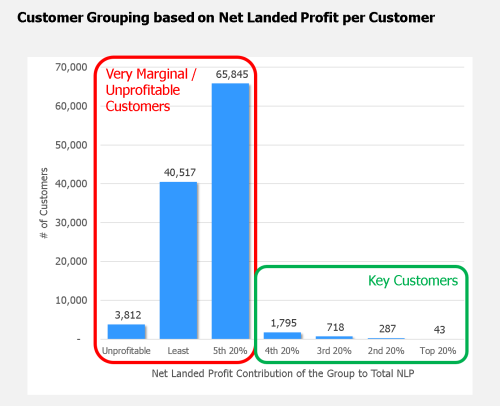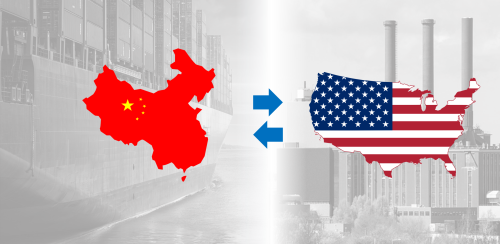Summary: The trade wars are in full force with the Administration’s decision to impose 25 percent tariffs on $267 billion worth of Chinese goods and China’s retaliation announcement effective June 1. The short term and possibly long-term financial consequences for companies are very serious.
For some time now, many companies have been looking at alternative options for manufacturing capacity as production costs have increased in China. But when potential tariff increases were announced last year, companies immediately began to stockpile their inventory levels before the increases took effect.
Now that significant increases in tariffs are a reality, how should companies explore the options to manage these additional costs? Options include absorbing the costs, increasing selling prices, adjust discounting strategies or creating product substitution strategies. One thing is certain. Approaching this problem with a “one size fits all” strategy can be disastrous.
Points of Focus: What is essential in developing effective strategies that intelligently protect profits is to have a clear understanding of the financial importance of each customer. This means NOT just measuring net revenues but understanding the specific profits generated by the products they are purchasing.
Take a look at the following graph that segments customers based on their profit contributions. In summary, 2,843 customers provide 80% of the total profit for this company while 110,174 customers are very marginal or unprofitable.
 A typical performance distribution
A typical performance distribution
If the marginal and unprofitable customers are buying products that have an increased tariff, their profit contributions will only become worse. Therefore, additional strategies need to be developed to address these customers to minimize additional profit drainage.
However, to begin to protect positive profit earnings from the impact of significant tariff increases, a good place to start is on the smaller number of customers that bring the most to the bottom line. Concentrating on these high-performance (“Key”) customers is critical. If they are not handled correctly, the result could be significant issues related to their future earnings potential for your company
Immediate Action: It is important to understand the financial performance of the products that the Key customers are buying and then select the right strategies to drive the behavior needed to intelligently protect corporate earnings. Strategies that take into account overall profit performance (net earnings for all products), the specific product financial performance drivers as well as the mix of the purchased products that are impacted by the tariff increases.
Having accurate and specific customer / product financial performance visibility can then support questions like:
- Which customers are buying high volumes of relatively low margin products of which many are now affected by the tariff increases? (possible strategy - pricing/discount adjustments)
- Which customers are primarily buying products that have a strong margin and have a limited impact from the tariff increases? (possible strategy - do nothing approach)
- Which customers are buying products that have a wide mix of margin contributions and will be impacted by the tariff increases? (strategy - dependent on the product insights)
Takeaway: Proactively handling the impact of tariff increases is a critical issue. Addressing it with generalized information is like asking a Scout Leader to lead a Troop out of a dangerous ravine without having a map or a compass.
The key is to use accurate and specific customer-product-centric financial information. Information that can be used to develop sustainable profit protection strategies which will effectively minimize the overall negative impact of significant tariff increases.
I would love to know your thoughts on this. Please comment on this posting or email me at rsharpe@ci-advantage.com .
All the best,
